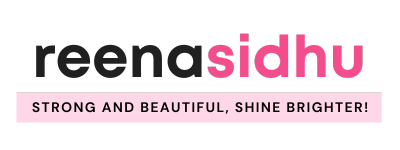How to get rid of lice in African-American hair

What can you do to safeguard and learn How to get rid of Lice in African-American hair? The necessary steps would be explained on how to care for black hair.
Introduction
It’s a frequent misconception that African Americans can’t catch head lice because their hair is coarse. This, however, is a fabrication. The fact is that African Americans may and do acquire head lice, regardless of the texture of their hair. In fact, we frequently encounter some of the most severe infestations in people with African American curly hair.
Head lice are attracted to hair, regardless of its hair types. They can, and will, build a home anywhere there is hair on the head. Lice will grasp a strand of hair, no matter how coarse or silky, only to get to the scalp and feed on human blood. So, since this is so far from reality, how do you get rid of lice in African-American hair?
Can lice live in African American hair?
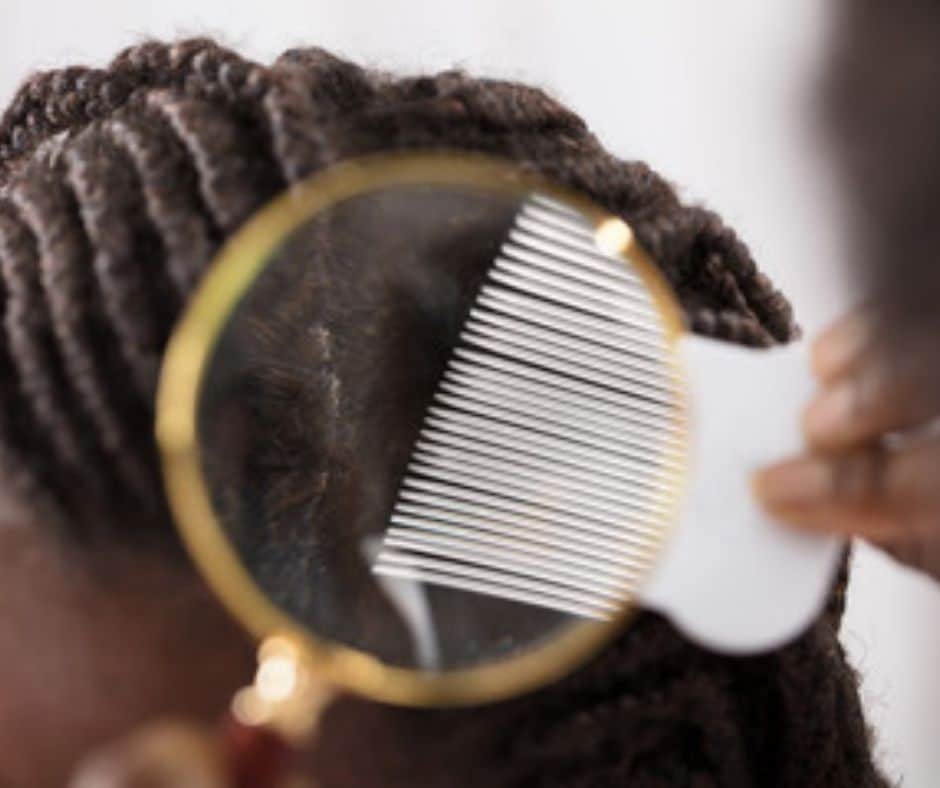
Even if the frequency is lower, it’s vital to remember that Black people can have an infestation with head lice just like anybody else. Nonetheless, knowing this urges all families to keep an eye out for head lice and know how to treat them if a louse or eggs are discovered.
It’s a popular belief that black people are immune to lice, but is this true?
Nobody likes to consider lice. It’s not fun to think of those little parasites crawling throughout your body. But, it’s one less thing to worry about if you’re black and have heard that black people don’t get lice enough times in your life.
On the other hand, Lice are parasites that feed on their hosts’ blood and keep warm by absorbing their bodily heat. That applies to all human nationalities. We all have blood, body heat, and hair, except those who are bald.
The terrible truth is that lice may infect black people.
One often asked issue regarding lice is if particular groups are more or less susceptible to infection. They are, in general, equal-opportunity parasites. They’ll crawl about on the heads of children with blond, black, or brown hair, causing annoyance. They can affect children from any socioeconomic background. However, there is a specific concern regarding head lice among African-American children.
It is a common misconception that African-American youngsters are immune to lice. It appears that African-American children are less likely to suffer from lice infestations. Some have hypothesized that the increased usage of oils in the African-American population is due to cultural reasons. However, it’s now thought to be more plausible that it’s related to a variation in hair shaft form.
At the very least, lice have demonstrated that they are adaptive throughout time. Most of them, for example, have adapted to the typical treatments used to rid people of these pests in the past. Some have modified their claws to be able to easily grip African-American hair in this vein. Despite the decreased risk of infestation, there are still a lot of head lice cases among African-American children. So, if you’re African-American and your child is scratching his or her head a lot or has any other symptoms, don’t count them out as a cause.
How do lice look on black hair?
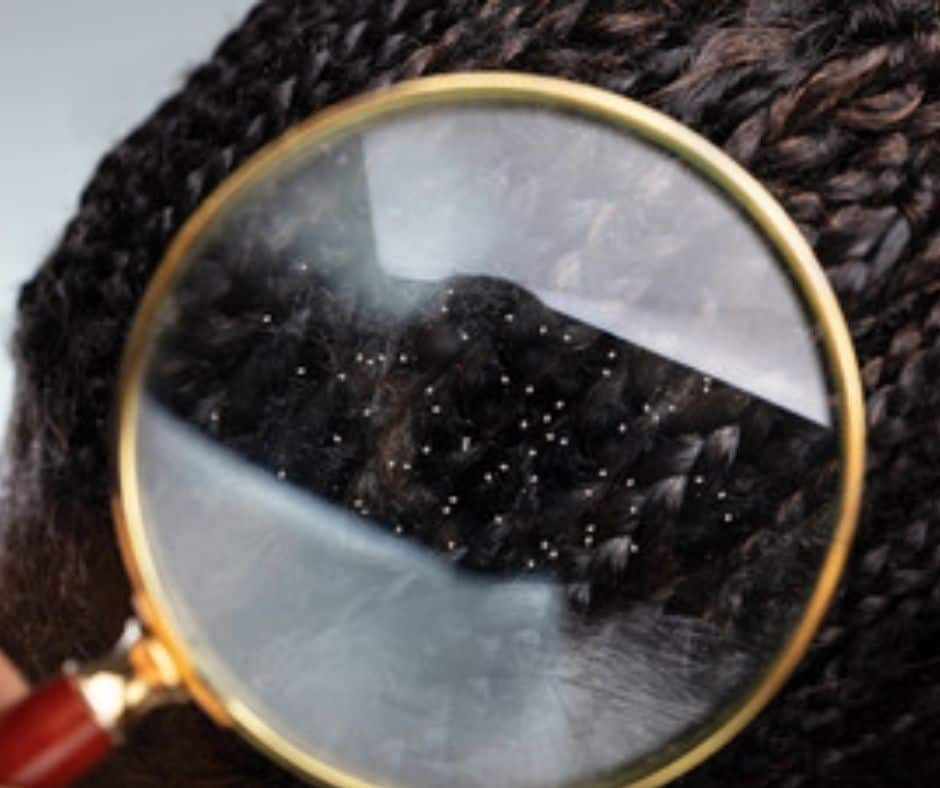
Lice will become brown or grey after around 24 hours. Itchy scalp is a common side effect of lice bites, which appear as tiny red lumps on the head, neck, and shoulders. You can have an itchy scalp without lice (due to dandruff or other skin disorders) or lice without an itchy scalp (due to dandruff or other skin conditions).
Lice might seem darker in darker hair. This is because lice with lighter hair tend to be lighter, sandy-colored, whereas lice in darker hair tend to be darker. However, on a dark types of hair, you may see lighter lice and vice versa.
What kills Lice instantly in hair?
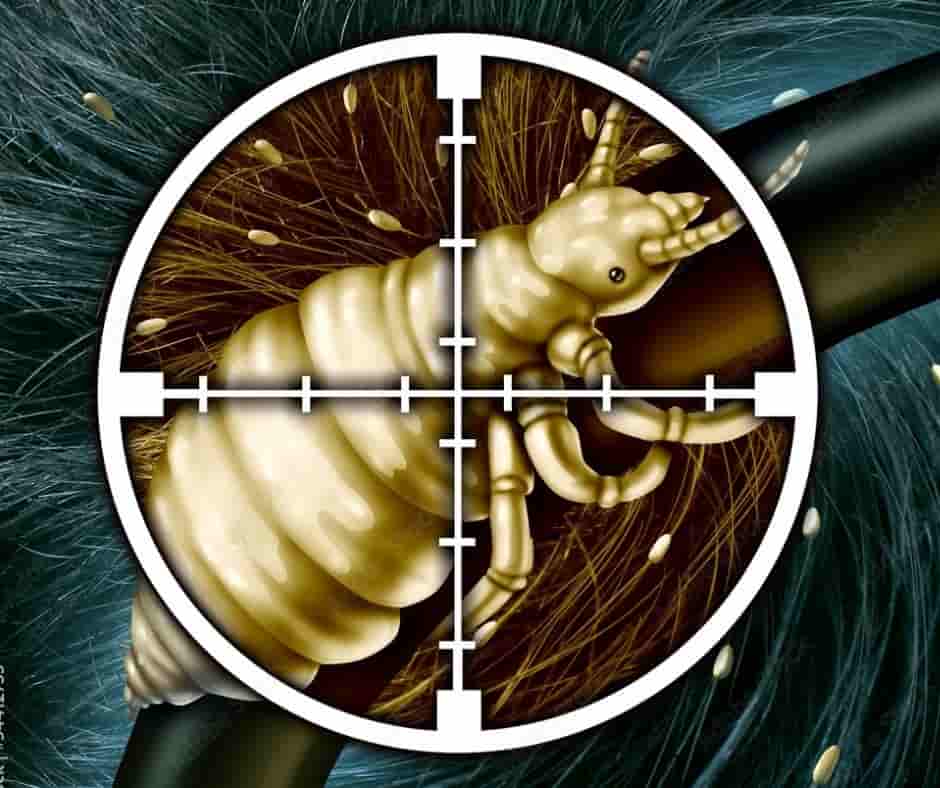
Smothering agents: Many ordinary household items can kill lice by depriving them of oxygen and suffocating them. Petroleum jelly (Vaseline), olive oil, butter, and mayonnaise are examples of these goods. Any of these items can be applied to the scalp and hair overnight and covered with a shower cap.
Breaking it down;
1. The lice should be suffocated
Using olive or coconut hair oil, massage your child’s head. For at least 2 hours, cover with a shower cap (or preferably overnight). Remove the shower cap and split the hair into small parts before carefully removing the lice and eggs using a metal nit comb. Shampoo and rinse your hair well. Repeat this technique until no more lice or nits are visible.
2. Remove the nits (lice eggs)
Soak the hair in distilled vinegar after the oil treatment (you can also use apple cider vinegar). While vinegar will not suffocate adult lice, it will prevent nits (eggs) from latching on to hair strands. It’s a fantastic and straightforward way for eliminating nits when combined with thorough combing with a thin metal comb.
3. Prevent lice from returning
Petroleum jelly is an effective natural lice repellent. The thick texture deters lice from spreading and keeps them away from the scalp and hair. Apply a thin coating of petroleum jelly to your child’s scalp and let it sit there until the next wash. If you find this too oily, combine tea tree oil, lavender, eucalyptus, or red thyme oil with a carrier oil and apply to your child’s scalp regularly.
4. Lice Shampoo
Lice shampoo is a product that kills lice. It is used by people who are concerned about the spread of lice. This shampoo kills head lice infestation and other pests in the hair.
Does hair grease prevent Lice?
Yes. Scents including coconut, tea tree oil, lavender, eucalyptus, rosemary, lemongrass, and peppermint are said to repel lice. Using any shampoo and conditioner with a coconut smell is a simple approach to boost your protection. Adding a teaspoon of tea tree oil and lavender oil to the bottle, or any of the fragrances mentioned above, should assist even more.
Although there are effective treatments for lice, several over-the-counter items promise to repel them. More scientific study is needed to establish the items’ safety and efficacy.
Some of these treatments’ components — primarily plant oils like tea tree, anise, ylang-ylang, eucalyptus, and lemongrass — have been shown in small clinical tests to repel lice, but their efficiency is unknown. Furthermore, because these items are categorized as natural, the Food and Drug Administration (FDA) does not regulate them, and they have not been tested to FDA standards.
Because the directions for utilizing these items aren’t regulated, it’s possible that it’s unclear how to do so safely. Some items, in reality, may:
· Be flammable
· If vapors are breathed, they irritate the lungs
· Toxic or irritating to the skin
Head lice prevention treatments might be more expensive than regular hair care products, and they must be used on a regular basis to be effective. The expense may outweigh the advantages if there’s no assurance that the treatment will work, especially if you’re treating several people.
Can you feel Lice crawling in your hair?
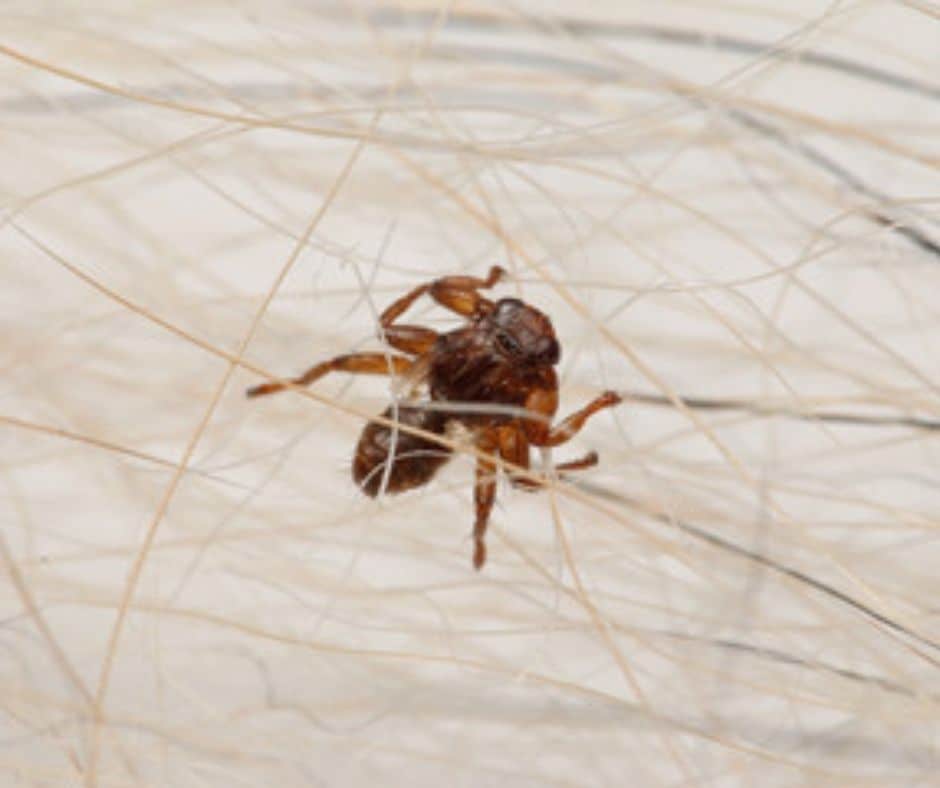
On the scalp, behind the ears, and at the nape of the neck, look for lice and nits crawling. Lice in the lashes or brows are quite uncommon.
Finding a nymph or an adult louse might be challenging. They are usually in small groups and move quickly. Near the scalp, look for nits adhering to the hair. Dandruff or dirt might be mistaken for them. Pull-on the small particle with your fingers to identify the difference: dandruff and dirt can be removed, while nits remain attached. Your inspection can be aided with a magnifying lens and a strong light.
Using a fine-tooth comb on damp hair is the best method to inspect. Comb the hair out in tiny parts after applying a lot of conditioners, then search for lice or nits on the comb. You may wipe the comb onto a napkin or paper towel to make them more visible.
The hardest aspect about lice, you’d assume, would be having (gag) lice. You may be able to feel the lice crawling on your scalp if you have lice. Lice can make you feel as though something is tickling or moving on your head.
If you suspect your child has lice, inquire if they are aware of this sensation.
How to get rid of lice in African-American hair
1. Make sure it’s lice
Itchy, flaky scalps aren’t always caused by lice. An Infested person should establish that lice or their eggs are present before commencing a de-lousing program.
Lice symptoms can be confused with dandruff, dry skin, and other scalp diseases. Flaky skin might look like lice eggs if not examined carefully.
People should examine their scalps under a light to see whether they have lice. Lice in hair are grayish-brown in color and can be seen on the scalp.
Lice eggs on human hair are attached to the hair’s root, around an inch from the scalp. It may be easier to notice them if you wet your hair.
2. Recognize the procedure
Mild insecticides are Mild insecticides are used in treatment for head lice, and they are safe to use on the scalp. Nonetheless, they are poisonous, so youngsters will need to be closely monitored.
Before utilizing lice treatments, those with a history of skin allergies or other unexpected responses, especially to pesticides or topical solutions, should see a doctor.
3. Using a de-lousing shampoo
There are a variety of over-the-counter alternatives. Follow the packaging directions, which may include leaving the shampoo on the scalp for a few minutes.
The sick individual should change into clean clothing after shampoo treatment. Lice may be killed by machine washing or drying clothing in hot water.
Changing into filthy clothes might encourage lice to return to the head and reinfest the scalp and hair follicles.
4. Treatment should be repeated
Most lice treatments require a follow-up application several days after the initial application. In addition, examine the scalp 8-12 hours after the retreatment. Lice on the scalp should be dead or dying, not active or moving.
People should see a doctor if the lice are still active. Because lice are resistant to some treatments, a new treatment may be required.
People should see a doctor before receding their scalp. This is because applying treatments too close together might irritate the scalp and cause them to fail.
5. Using a fine-toothed comb, remove nits
If the therapy does not guarantee that all eggs will be killed, comb out all nits using a fine-toothed nit comb. This might be part of the therapy plan.
Beginning at the crown of the head, they should make their way down strands of hair to the neck and one side of the head, then the other.
Even though a shampoo claims to destroy eggs, manually removing nits can expedite treatment and minimize the chance of re-infestation.
Use a nit comb on the scalp every day for at least a week to get the most effective egg removal. This guarantees that all or most eggs are ultimately removed, even if some go undetected.
6. Contagion sources that aren’t dirty
A de-lousing shampoo is ineffective in preventing lice re-infestation. This is because lice are unable to leap. They spread instead by coming into close or direct touch with contaminated individuals or items.
Lice die quickly after dropping off a human head. However, Lice are more likely to transmit from things that have had recent physical touch with a person.
Even if a few nits make their way back onto the head, head lice will return. It may seem time-consuming and irritating to wash so many different objects, but head lice will return. Therefore, the additional time you have today will save you much more time in the coming weeks.
7. Children must be kept at home
Parents may be hesitant to keep their children out of school, especially if they must work.
Sending a child to school with lice or the possibility of lice is a surefire way to reinfest them. Children should not return to school or daycare until they are free of lice.
Conclusion
An infestation of head lice does not imply that you or your children are filthy. Lice don’t care if you’re dirty or clean, affluent or poor. How to get rid of Lice in African-American hair? Lice on a child’s scalp can be found by anybody.
It’s worth repeating that if you can’t remove the lice off your family’s heads, make an appointment with your doctor for expert treatment.
